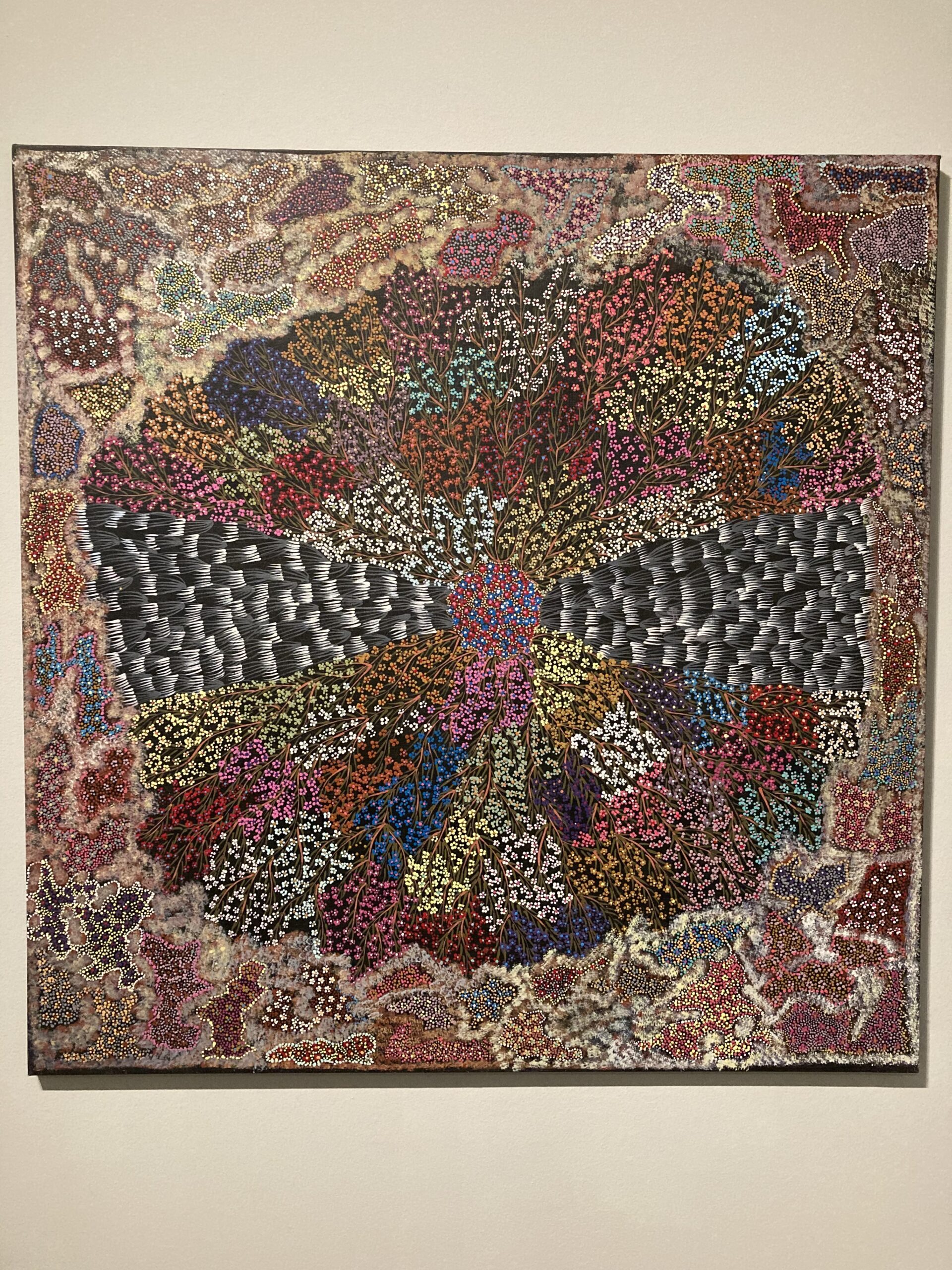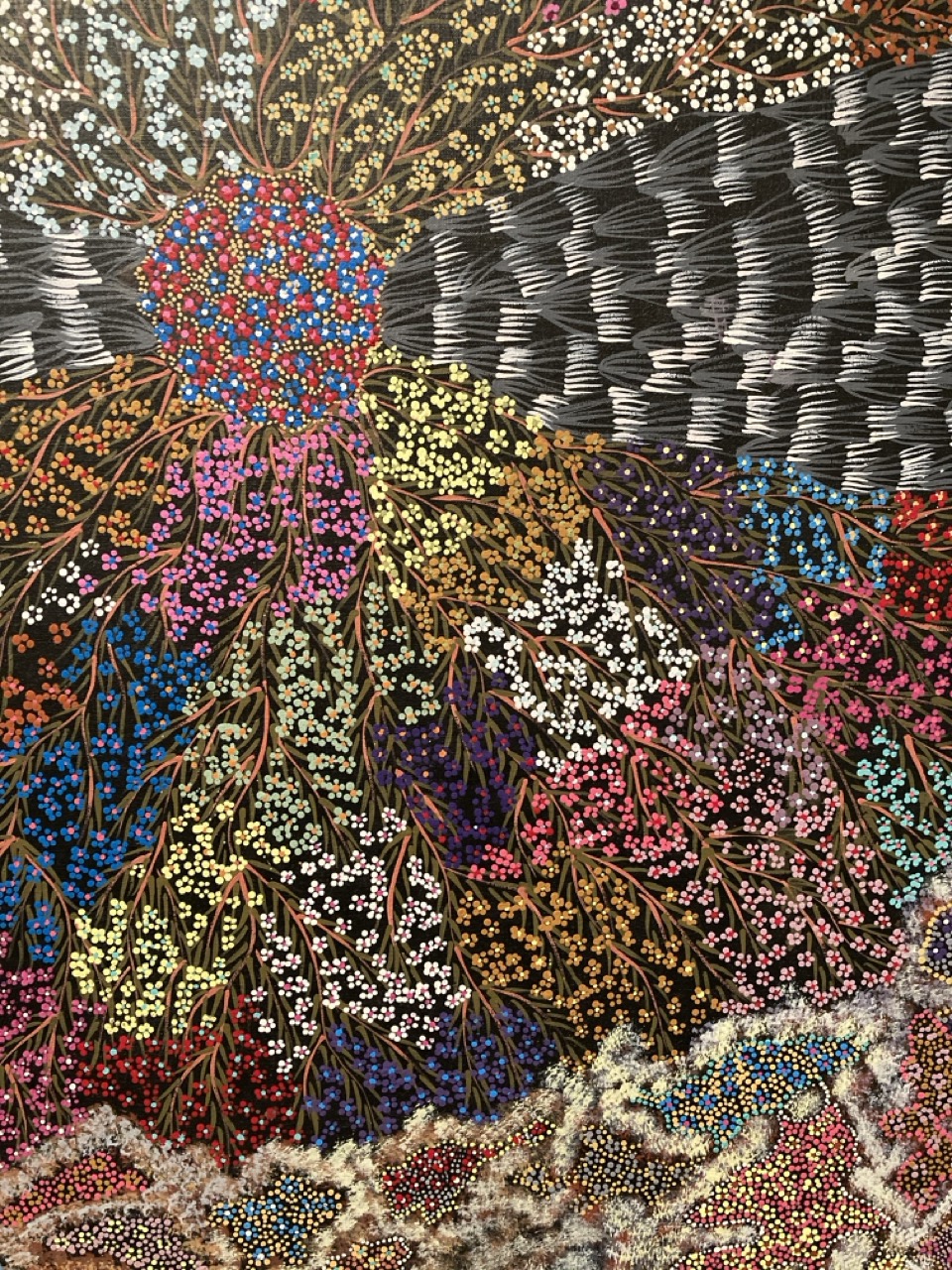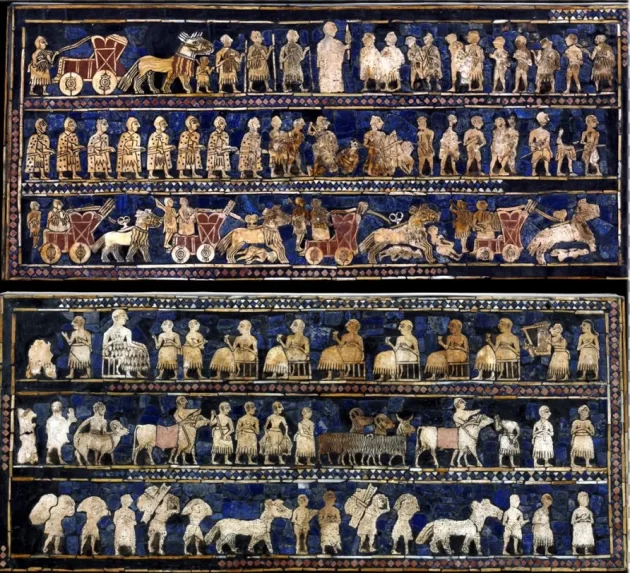Wednesday, July 23rd, 2025
Artists and Their Children
I recently came across a list that I have been compiling a list over the years, which indicate the number of children that artists had. It seems like I am so busy with two kids that it is difficult to get much work done! I can’t imagine how some of these artists were able to focus on their work in addition to their families, but perhaps there is a subtext about the amount of work that these artists’ partners shouldered. Here is what I have so far (in loose chronological order):
- Lavinia Fontana – eleven children (only three outlived her). Her partner Gian Paolo Zappi took care of the household so that she could focus on work.
- Artemisia Gentileschi – five children (but only one, Prudentia, survived to adulthood). Three children died in their first year and their second son died when he was five years old
- Caravaggio – speculations that he may have fathered an illegitimate child, but the baby was given up for adoption
- Gian Lorenzo Bernini – eleven children
- Francesco Borromini – one child (so opposite his rival Bernini!)
- Vermeer – fifteen children (although four died in infancy before being baptized)
- Monet – eight children (two of his own and six stepkids)
- Renoir – three children
- Matisse – three children
- Picasso – four children
Any other artists and their children that you would add to this list? I’m equally fascinated by large families by performers in the 20th century, and was very surprised to learn recently that singer/comedian Dean Martin had eight children!






